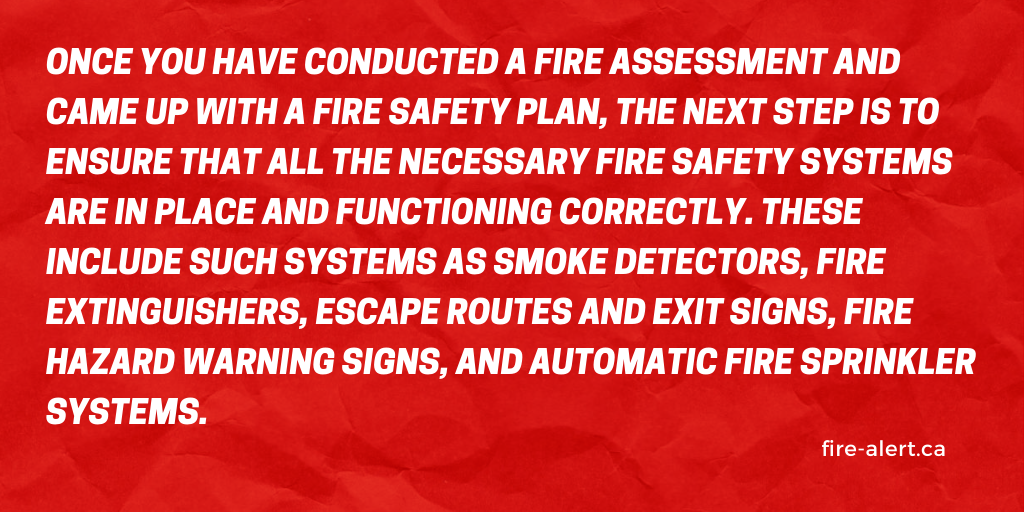Nursing Home Fire Safety Best Practices
Nursing homes require an elaborate fire safety plan. Unlike most settings whereby the evacuation plan relies on individuals getting themselves to safety, patients in nursing homes may need help from volunteers and staff. Therefore, facility owners or managers should put in place fire safety procedures to prevent fire incidences and develop an evacuation plan for the best outcome.
Below are 5 best practices for nursing homes fire safety.
1. Carry Out a Fire Risk Assessment Annually
Every nursing home needs to carry out annual fire assessments to identify risk factors and hazards and establish measures to prevent fire incidences. A fire risk assessment involves:
- Identifying people at risk and why they are at risk
- Identifying fire hazards, e.g., potential ignition sources, fuel sources, and oxygen sources
- Evaluating your fire-proofing measures and readiness for handling a fire crisis
- Reviewing and revising the fire safety risk assessment plan
2. Have a Fire Safety Plan
A fire safety plan outlines the following:
- Preventative measures to minimize the risk of fire
- Measures to control fire spread and minimize damage or fatalities
- The response protocol in case a fire breaks out
- Escape routes and evacuation plan
- Fire safety system maintenance procedures
- Frequency of conducting fire drills
- Procedures for training staff about fire safety
Having a fire safety plan is not enough. All parties should have a clear understanding and training about the plan. The staff, nursing doctors, volunteers, and kitchen staff should each know their role in the plan and what action to take in different scenarios
3. Have an Evacuation Plan
One of the most important aspects of a fire safety plan is the evacuation plan. It can mean the difference between saving and losing lives.
An evacuation plan lays out the escape routes and fire assembly areas. It outlines the fire exit doors and ensures that they are easy to open. It evaluates and determines the optimal number of escape routes depending on the number of people in the facility. It also factors in people with mobility issues and lays out a route for the staff members to get to them and out of the building into the designated fire assembly.
4. Put in Place Fire Safety Systems

Once you have conducted a fire assessment and came up with a fire safety plan, the next step is to ensure that all the necessary fire safety systems are in place and functioning correctly. These include such systems as smoke detectors, fire extinguishers, escape routes and exit signs, fire hazard warning signs, and automatic fire sprinkler systems.
5. Conduct Fire Safety Drills Periodically
Fire drills help to test staff members to ensure they are efficient at fire response. Most health care facilities opt to conduct fire drills without involving the patients. Schedule at least one random drill every three months. Evaluate the staff member’s performance and retrain if necessary.
Conclusion
The key to fire safety is creating an elaborate fire safety plan and evacuation plan, taking the necessary measures, training the staff, and conducting drills regularly to test staff member’s preparedness.
Fire-Alert takes pride in equipping homeowners, commercial businesses, and government buildings with all necessary fire safety devices to ensure the well-being of families and employees across the nation. Reach out to us using our contact form to find out more.